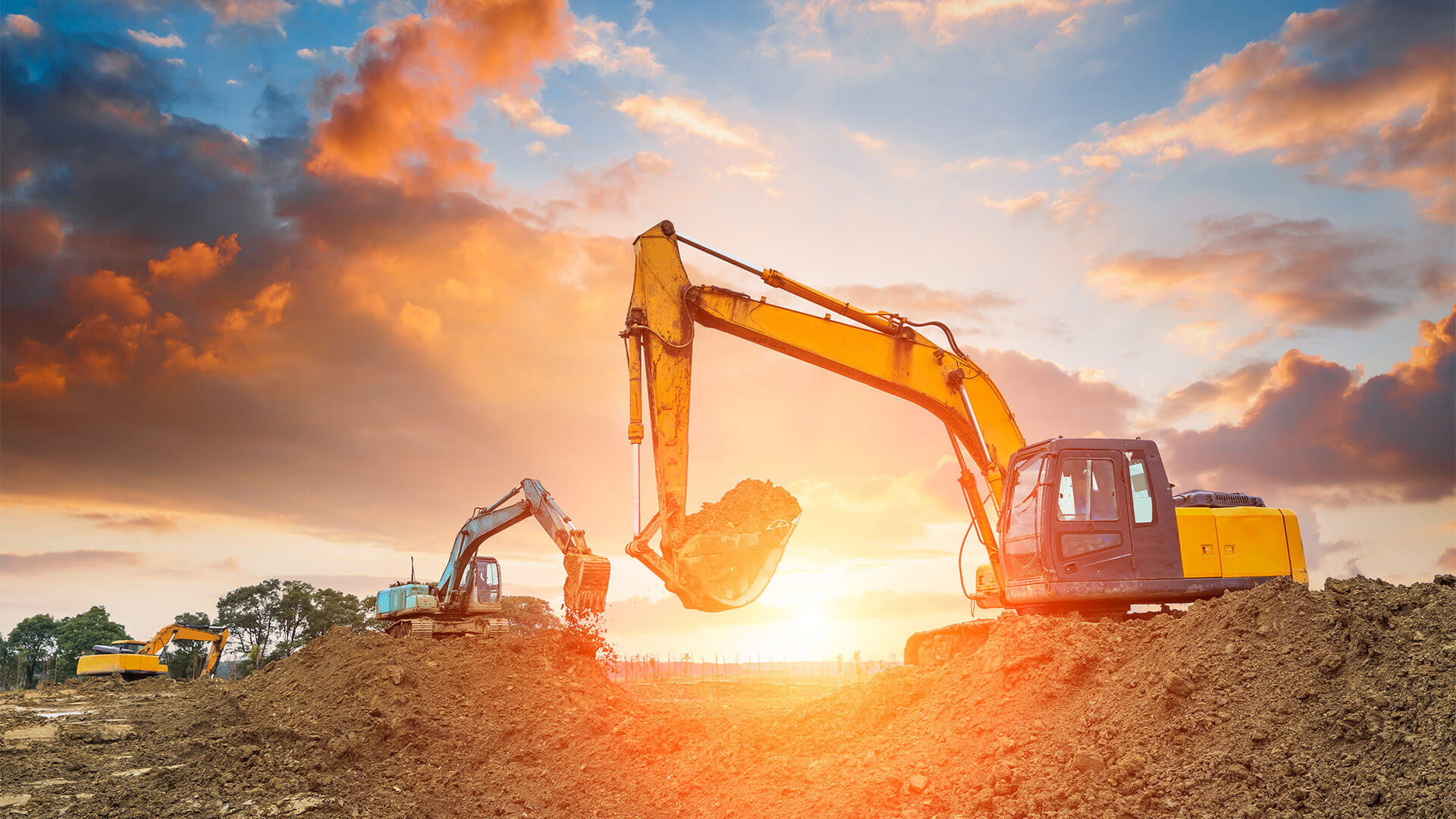Heavy Equipment Rental: High-Quality Equipment for Lease
Heavy Equipment Rental: High-Quality Equipment for Lease
Blog Article
Renting Vs. Purchasing Construction Equipment: Making the Right Choice for Your Job
When starting a construction project, among the vital choices that forecast managers and stakeholders encounter is whether to get or rent out construction tools. Both choices have their advantages and disadvantages, making the selection a crucial one in the job planning procedure. The choice pivots on different variables such as price considerations, task period, tools maintenance, adaptability, danger, and scalability monitoring. Each element plays a vital role in establishing the most ideal path for the task's equipment needs. boom lift rental. Allow's check out these factors better to understand just how they affect the decision-making process and ultimately the success of the task.
Cost Considerations
When reviewing the economic facet of getting versus renting construction tools, the long-lasting costs and in advance prices must be carefully considered. Renting out devices often needs reduced first settlements compared to acquiring, making it an appealing choice for temporary projects or service providers with budget plan restrictions. Renting out eliminates the requirement for huge funding expenses and minimizes the monetary risk related to equipment possession, such as maintenance and devaluation expenses. However, over time, consistently leasing tools can accumulate greater expenses than buying, particularly for extensive projects.
On the other hand, purchasing building and construction devices includes greater upfront costs but can result in long-lasting cost savings, especially for long-term projects or constant users. Having tools provides flexibility, comfort, and the possibility for resale value once the job is finished. Additionally, owning equipment permits for personalization and knowledge with certain machinery, potentially enhancing effectiveness and productivity on-site. Ultimately, the decision between renting and purchasing construction equipment depends upon the task's period, frequency of usage, spending plan factors to consider, and long-term financial goals.
Task Period

Alternatively, for long-lasting jobs or recurring building job, purchasing tools might be the more cost-effective choice. Purchasing equipment can bring about set you back savings over time, specifically if the equipment will certainly be often utilized. Moreover, having tools offers a sense of control over its schedule and enables for customization to fit specific job needs.

Equipment Upkeep
Offered the critical function job period plays in establishing the most affordable strategy in between renting out and getting building devices, the emphasis currently moves towards taking a look at the essential facet of equipment upkeep. On the other hand, having equipment requires an aggressive technique to upkeep to protect against failures, make certain security, and expand the equipment's life expectancy. tracked excavator Ultimately, a properly maintained building equipment fleet, whether rented or had, is necessary for the effective and effective completion of building and construction jobs.
Adaptability and Scalability
In the world of building tools monitoring, the facet of versatility and scalability holds substantial significance for project effectiveness and resource application. Opting to rent out building and construction devices gives a high degree of versatility as it enables the fast modification of tools types and amounts based upon the developing demands of a task. Leasing allows service providers to access a large range of specialized equipment that may be required for details jobs without the long-lasting dedication of ownership. This adaptability is particularly advantageous for tasks with varying demands or unsure periods (construction equipment rentals).
Furthermore, scalability, one more critical variable, is inherently connected to flexibility. Leasing building and construction tools uses the benefit of quickly scaling procedures up or down as project needs fluctuate. Specialists can promptly include or exchange tools to match the task's changing demands without the restraints of owning assets that may come to be underutilized or outdated. This ability to scale resources successfully can result in price savings and enhanced project timelines, making renting a beneficial alternative for tasks requiring flexibility and responsive source allowance.
Risk Administration
Reliable risk management in building equipment operations is paramount to ensuring job success and mitigating possible financial losses. Construction tasks naturally involve different dangers, such as tools failures, crashes, and task delays, which can dramatically impact the project timeline and budget. By carefully thinking about the dangers related to owning or leasing construction tools, task supervisors can make enlightened decisions to minimize these potential threats.
Renting construction equipment can use a degree of danger reduction by transferring the obligation of upkeep and repair services to the rental company. This can lower the monetary burden on the job proprietor in case of unexpected equipment failures (aerial lift rental). Additionally, renting gives the adaptability to accessibility specific equipment for details job stages, decreasing the threat of owning underutilized machinery
On the other hand, having construction devices gives a sense of control over its use and maintenance. However, this likewise suggests birthing the full obligation for repairs, maintenance costs, and depreciation, raising the financial threats connected with tools ownership. Cautious threat analysis and factor tools used in construction to consider of factors such as task period, tools utilization, and upkeep demands are vital in determining the most suitable option for effective danger administration in construction projects.
Conclusion
Finally, when making a decision in between renting and buying construction devices, it is vital to take into consideration cost, project period, devices upkeep, versatility, scalability, and threat management. Each Home Page variable plays a vital duty in figuring out one of the most ideal option for the task available. By carefully evaluating these facets, project managers can make an enlightened decision that straightens with their spending plan, timeline, and overall job goals.

Report this page